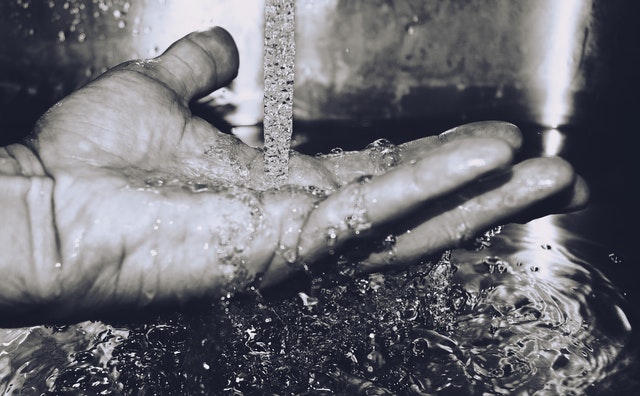Cape Town’s first underground water supply project from the Table Mountain Group (TMG) aquifer officially launched this week. The aquifer is located next to Steenbras Dam and is now operational.
The new aquifer is believed to be the largest in the world at a depth of 710 metres below ground.
Once fully completed, the aquifer will provide 30-million litres of water per day to Cape Town’s water systems for the first phase. This advancement is part of the City’s Cape Town Water Strategy that aims to ensure water supply security.
The groundwater will assist in further diversifying the mix of water sources available in the Mother City. The drilling operations for the aquifer first started while Cape Town was still struggling with the drought crisis and it is now producing its first yield.
“The launch of the first groundwater from the Table Mountain Group aquifer is very exciting because this is testament to the City’s commitment in action to contribute to our long-term water security. This milestone needs to be celebrated as it is a step closer to seeing our Water Strategy become a reality,” said Mayor Dan Plato in a statement.
“The TMG aquifer is one of the projects listed in the strategy, which was launched in February this year. With the drought and given the changing climate, we have learnt there is a need to diversify our water sources and not rely solely on surface water. The Water Strategy is an ambitious roadmap towards a future in which Cape Town is more resilient to drought and other climate shocks, meaning that sudden, extreme levels of water restrictions should not be necessary.
“It takes into account the important yet complex relationships between water, people, the economy, and the environment. I am glad to know we are on track with investing in our long-term resilience and water security,” adds Mayor Plato.
The Table Mountain Group has been identified as a significant source of groundwater. The geological formation extends from Nieuwoudtville in the north, to Cape Agulhas in the south, and Port Elizabeth in the east.
There are currently eight completed production boreholes, yielding almost 20-million litres per day. Drilling of a further four is underway, which will eventually increase the yield to 30-million litres per day.
“To put this into context, 30 million litres per day is the equivalent of a daily water supply for around 200 000 people at current consumption levels of 125 litres of water per person, per day. Alternatively, this would represent 16 days’ worth of water for the whole city, for every year of operation,” says Mayoral Committee Member for Water and Waste Alderman Xanthea Limberg.
“Although there isn’t currently an urgent threat to our immediate water security (provided current restrictions are adhered to), we are still encouraging residents to not forget the very valuable lessons learnt about the finite nature of water, our most precious resource.”
According to Limberg the City has studied the aquifer for over a decade and is running the operation while ensuring the environment in the area is not negatively impacted.
Measures to ensure low environmental impact include the search and rescue of protected vegetation and topsoil management. It will involve reusing onsite material to prevent changes to ground conditions, matching historical groundwater and surface water movement across trenches.
Power lines will be installed underground to allow for veld fire preventative management and reducing the visual impact of pylons. Pipelines will cross over rivers instead of trenching through them, as well as rehabilitating disturbed areas after construction.
“Invasive alien vegetation is being removed from the Steenbras Nature Reserve catchment area, in an effort to maximise the rainwater surface run-off yield into the Steenbras Dam. Pine and blue gum trees are being systematically removed and the land is carefully rehabilitated with indigenous vegetation. Alien vegetation clearance and various other short-term projects, are also providing local work opportunities through the Expanded Public Works Programme (EPWP),” added Alderman Limberg.
The City was issued the licence to abstract water and construct supporting infrastructure by the National Department of Human Settlements, Water and Sanitation, the custodian for groundwater in South Africa.
The total licenced volume for Phase 1 of this project is 33-million litres per day, with an additional 15-million litres per day expected from the Nuweberg wellfield, which is currently in the exploratory drilling phase.
Picture: Pexels

